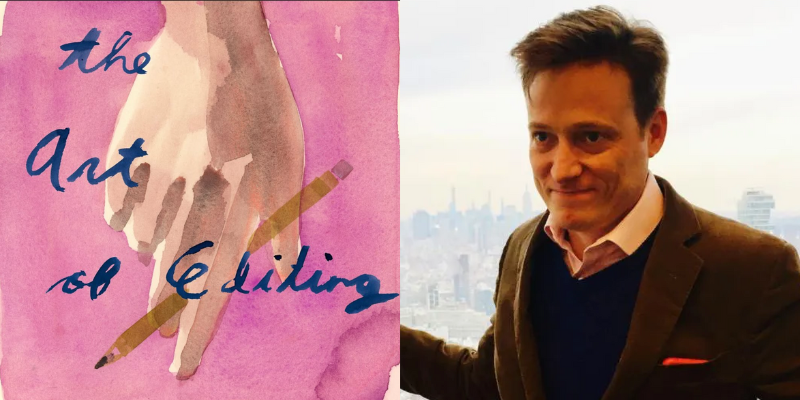Welcome to Season Two of The Critic and Her Publics: The Art of Editing. This season, in a series of live conversations, Merve Emre asks the smartest and savviest editors how the sausage gets made. What happens behind the scenes at a magazine? How does an idea become a book? And how do you work with those strange and difficult creatures we call writers?
Article continues after advertisement
Subscribe to The Critic and Her Publics, available wherever you get your podcasts!
From the episode:
Merve Emre: Leo Carey is a senior editor at The New Yorker—in fact, he is my editor. He grew up in Oxford, England, where he attended the same school my children went to, St. Barnabas Primary School, and then the University of Oxford, where he studied English Literature. He moved to the US in 1997 and shortly after joined the staff of The New Yorker, where he has been for twenty-five years.
Leo and I have worked together for just over six years now, and Leo attributes our productive relationship to the fact that he is “pathetically accommodating.” I attribute it to Leo’s great wit and wisdom, his patience, his compassion, and his ability to think with impressive clarity about how any piece of criticism or reportage moves.
At least once a year, usually right before we finish working on an essay, I have a completely bizarre dream about him. In our final episode of the Art of Editing, we break from our usual form. I offer Leo seven of my most memorable Leo dreams, and he interprets them to reveal the deep, dark psychodramas of the writer-editor relationship.
For a full transcript, head over to the New York Review of Books.
*
Leo Carey is an editor at The New Yorker.
_________________________________
The Critic and Her Publics
Hosted by Merve Emre • Edited by Michele Moses • Music by Dani Lencioni • Art by
Leanne Shapton • Sponsored by Alfred A. Knopf
The Critic and Her Publics is a co-production between the Shapiro Center for Creative Writing and Criticism at Wesleyan University, New York Review of Books, and Lit Hub.
